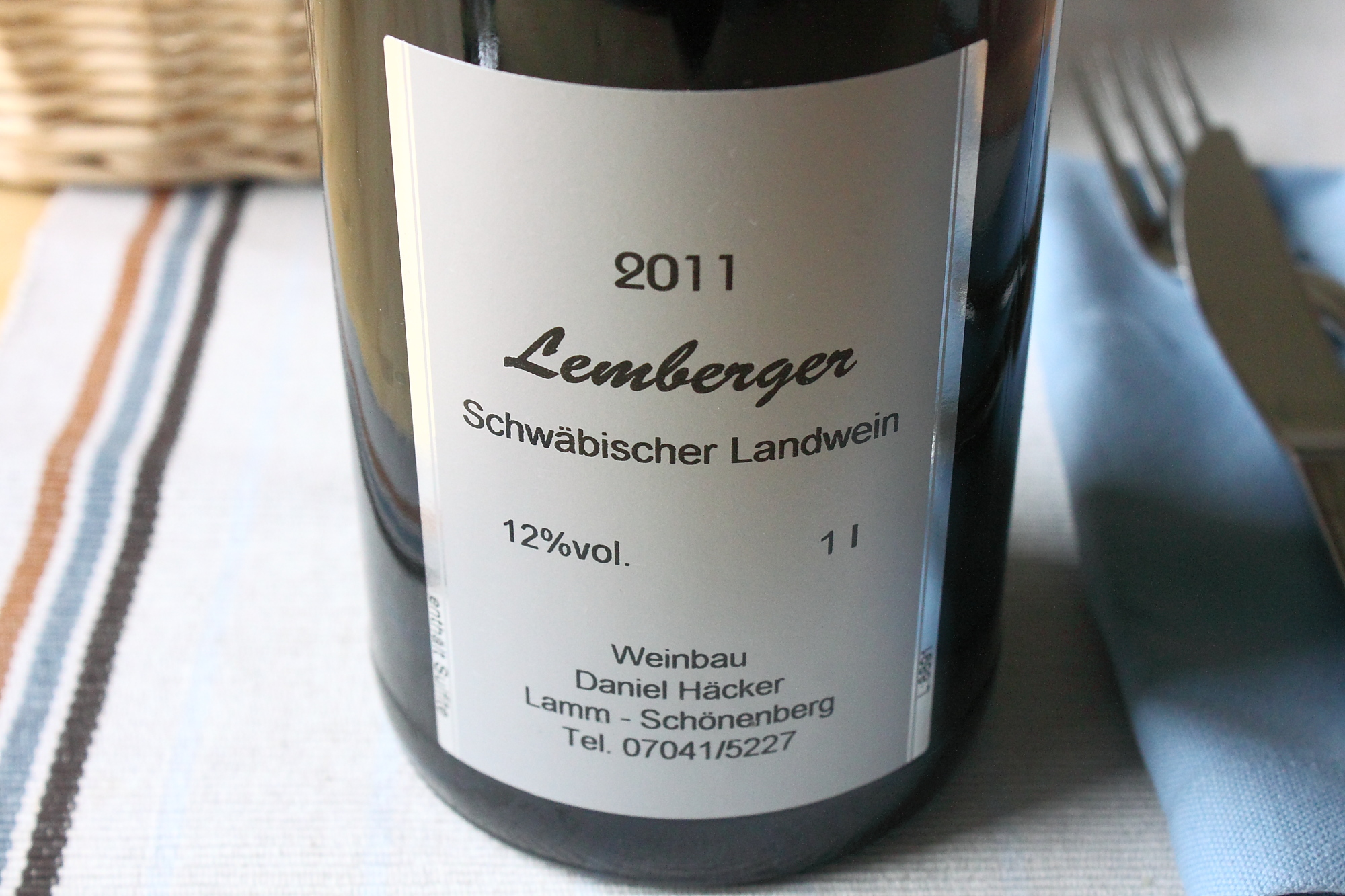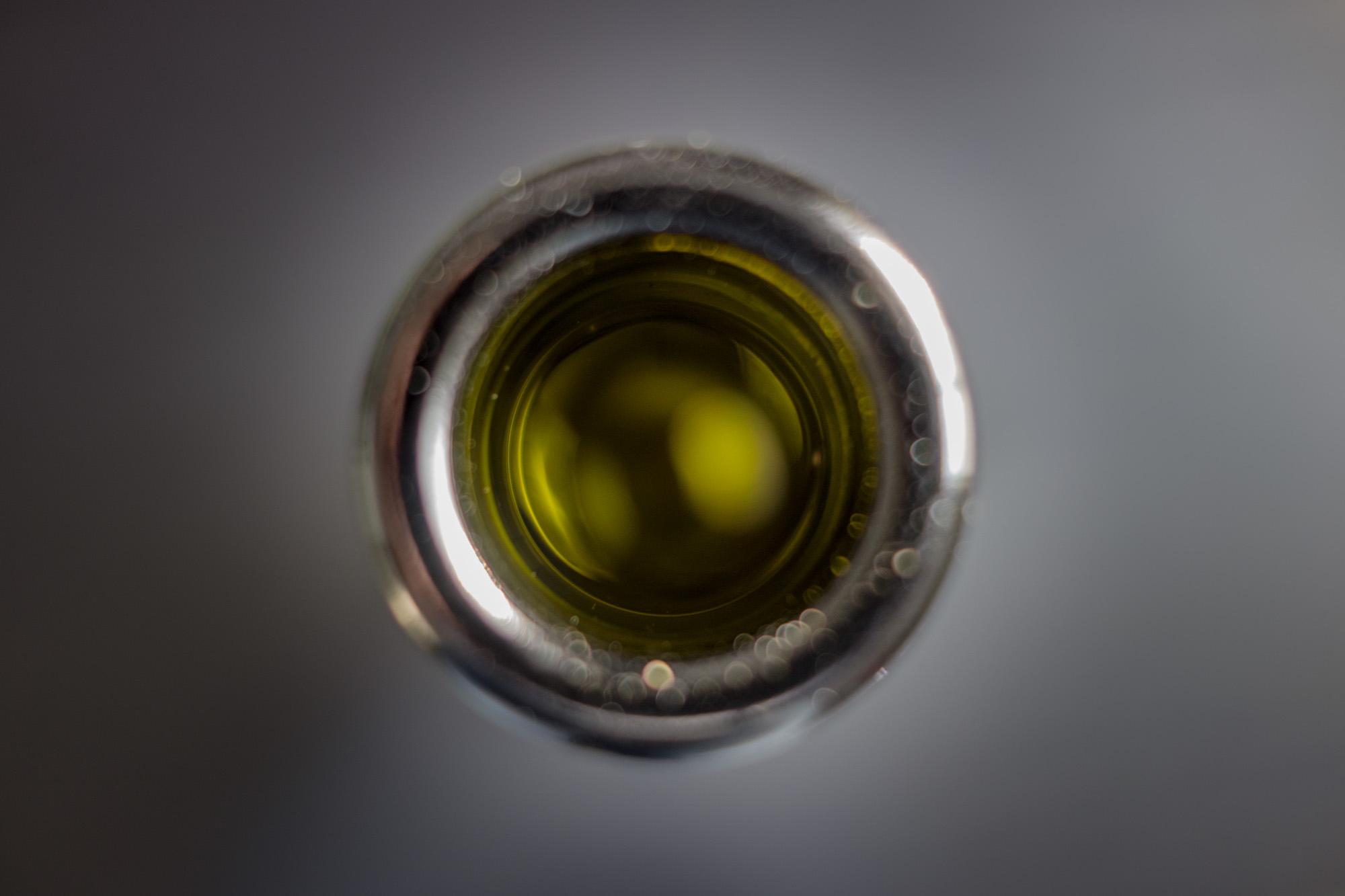Bernhard Huber, Chardonnay R, 2009
What you are looking at is nothing less than the best Chardonnay ever made in Germany. Well, sort of. First of all the photo below only shows Chardonnay grapes and not the bottled "R" as, despite following best practice in digital preservation, our shots of the "R" had an unfortunate encounter with oblivion. Secondly, I have no idea whether Bernhard Huber's 2009 Chardonnay really is the best German Chardonnay ever bottled - but when we heard that the respectable wine guide Wein Plus had made that claim it was time to investigate.
So, ladies and gentlemen, come join us for another mission in our never-ending quest to do our journalistic duty.




 Price tag: below 4 €.
Price tag: below 4 €.




